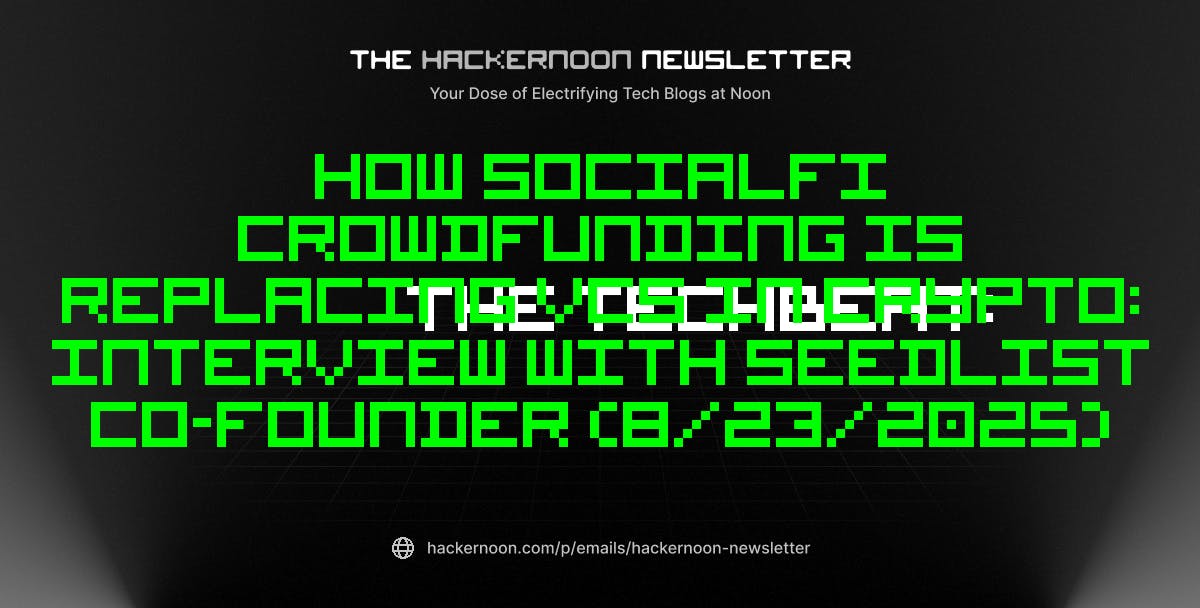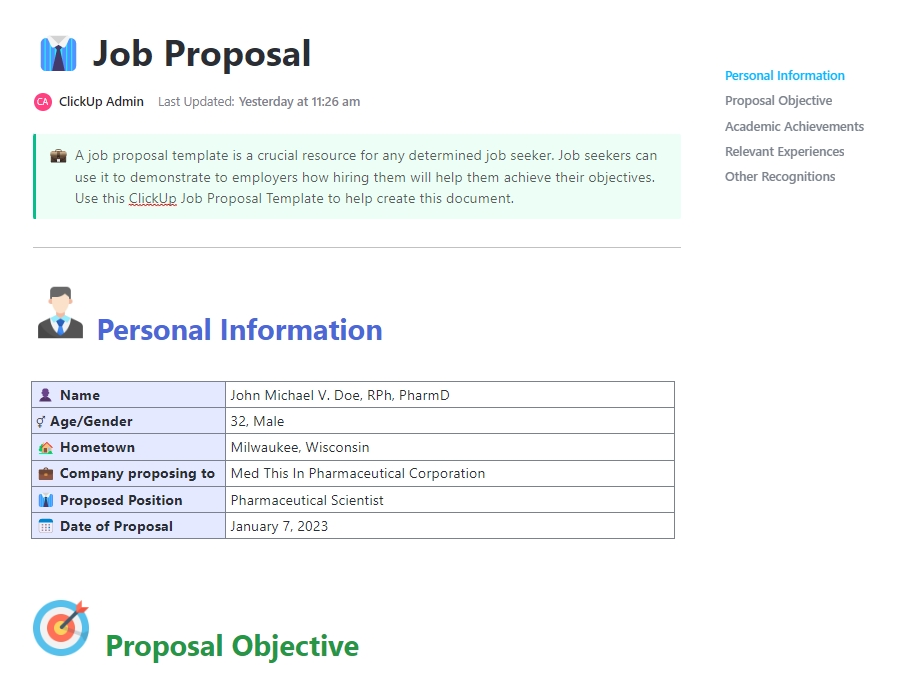Author:
(1) Kalyan Dasgupta, IBM Research, Bangalore, India.
Table of Links
-
Introduction
-
Lattice models and coordinate space
-
Encoding to qubit states
3.1 Encoding lattice structure in qubit sta
3.2 Selection of the plane of turn
3.3 Extending it to other structures
-
Conclusions and References
1 Introduction
Lattice models or structures are geometrical objects with mathematical forms, that are used to represent physical systems. They have been used widely in diverse fields, namely, in condensed matter physics, to study degrees of freedom of molecules in chemistry and in studying polymer dynamics and protein structures to name a few [1]. In this article we discuss an encoding methodology of lattice structures in computational basis states of qubits (as used in quantum computing algorithms). We demonstrate a specific use case of lattice models in protein structure prediction. A variety of lattice models have been used for protein structure prediction. Although, proteins have highly irregular structures, lattice models have been used to predict structures at a basic level. Lattice models fall under the category of coarse-grained models. The geometry considered for coarse-grained models could either have a continuous representation or have a lattice representation [2]). Lattice models offer significant computational speedup over other representations. Fig. 1 gives some of the lattice representations.
In this article we do not propose any quantum algorithm to solve the protein structure prediction problem, instead, we propose a generic encoding methodology of lattice structures. The protein sequence, essentially, consists of turns or bonds between adjacent monomers or amino acids (also referred as a bead in coarse-grained models). The turn that the bonds can take are limited by the degrees of freedom of the lattice model being used. We show how the encoding methodology encode the turns based on the lattice model selected. We take two specific lattice models, the cubic with planar diagonals and the face-centred cubic (FCC), and demonstrate the encoding methodology. The article is organized as follows. In section 2, we discuss the lattice models and the coordinate space that the turns can take. In section 3 we discuss how the coordinates are mapped to the qubit computational basis states. Finally, we summarize the methodology in the conclusions.


![Figure 1: Lattice structures: (a) cubic, (b) diamond, (c) cubic with planar diagonals, (d) hexagonal, (e) triangular and (f) face-centred-cubic. Courtesy: [1]](https://hackernoon.imgix.net/images/fWZa4tUiBGemnqQfBGgCPf9594N2-jm032pe.png?auto=format&fit=max&w=1920)









